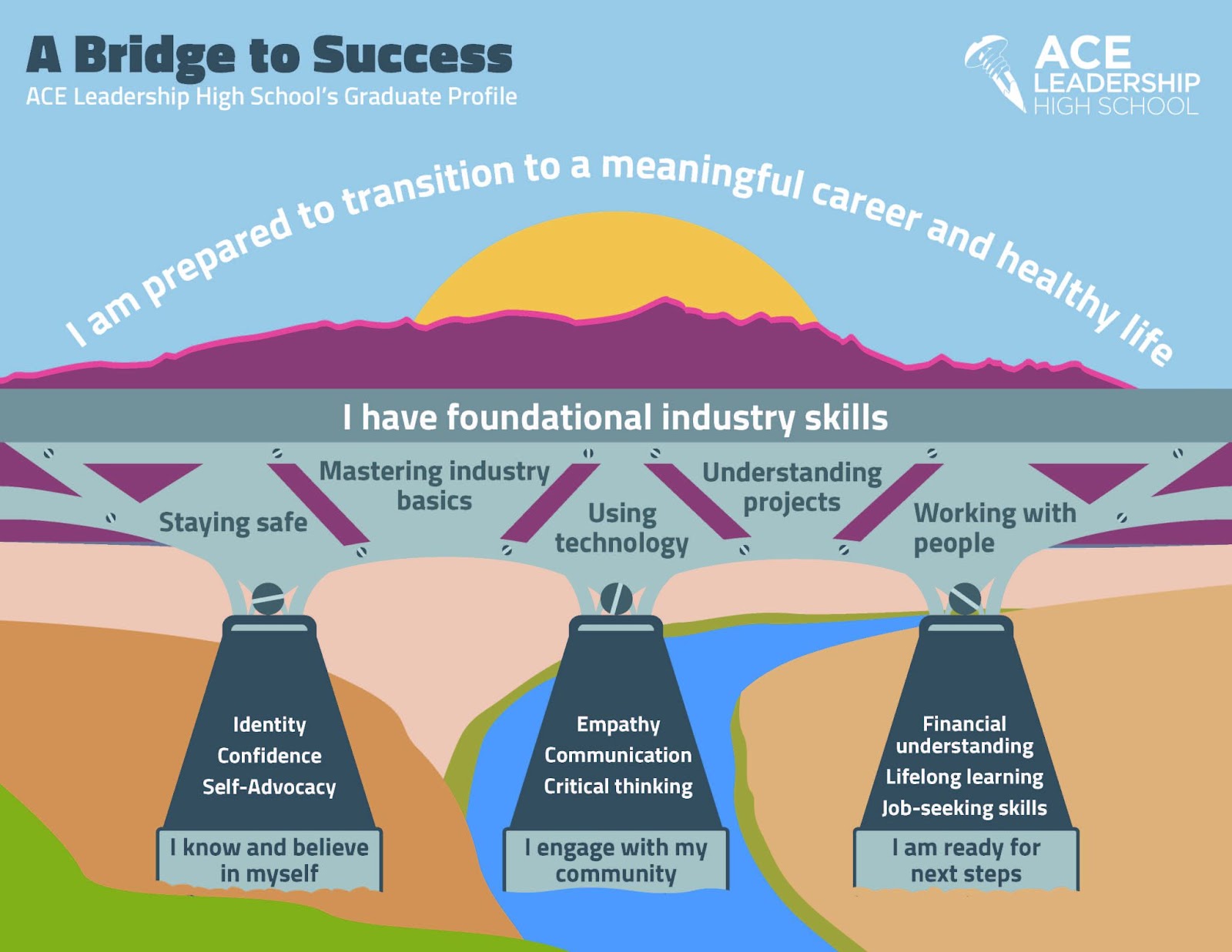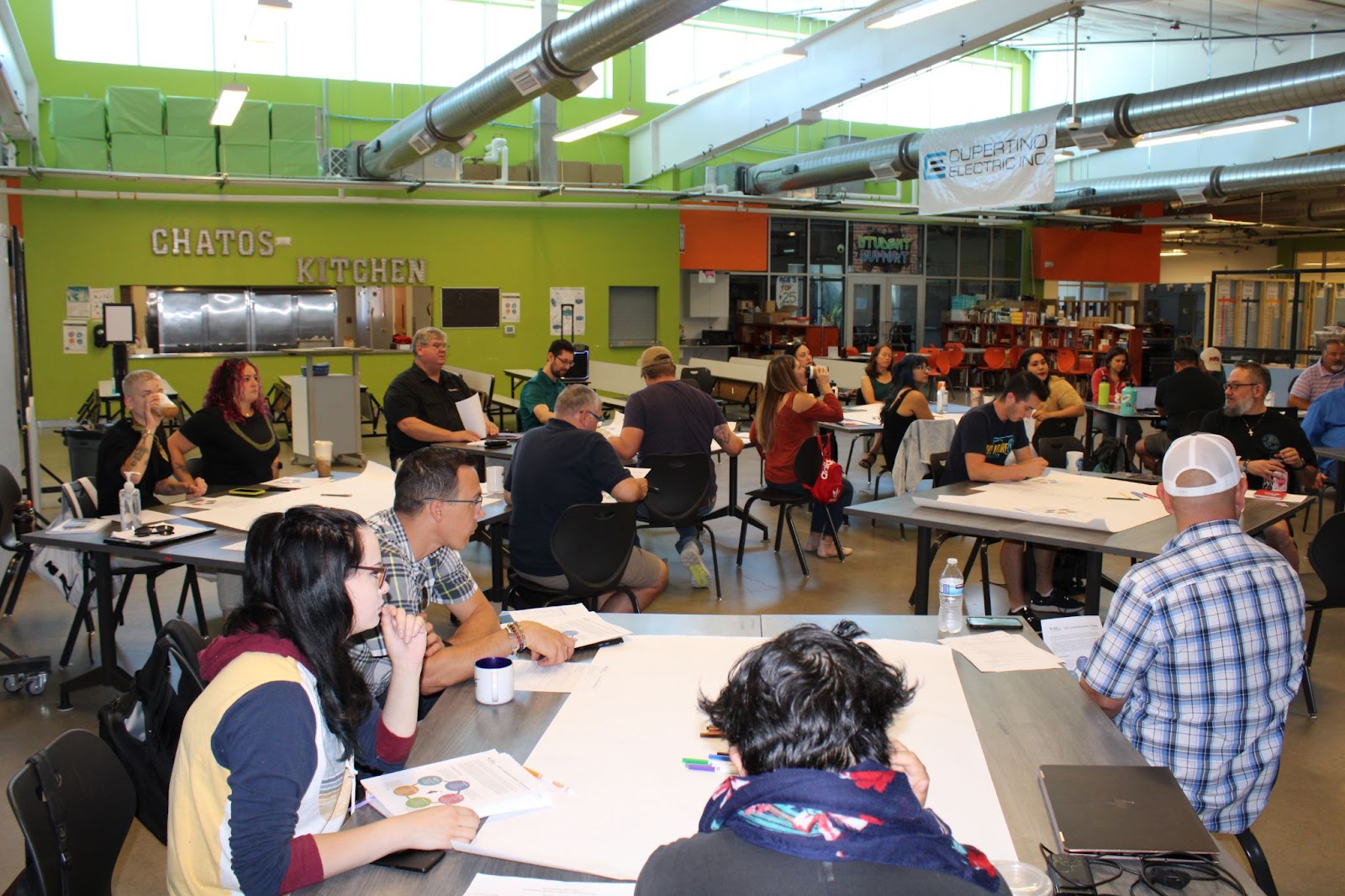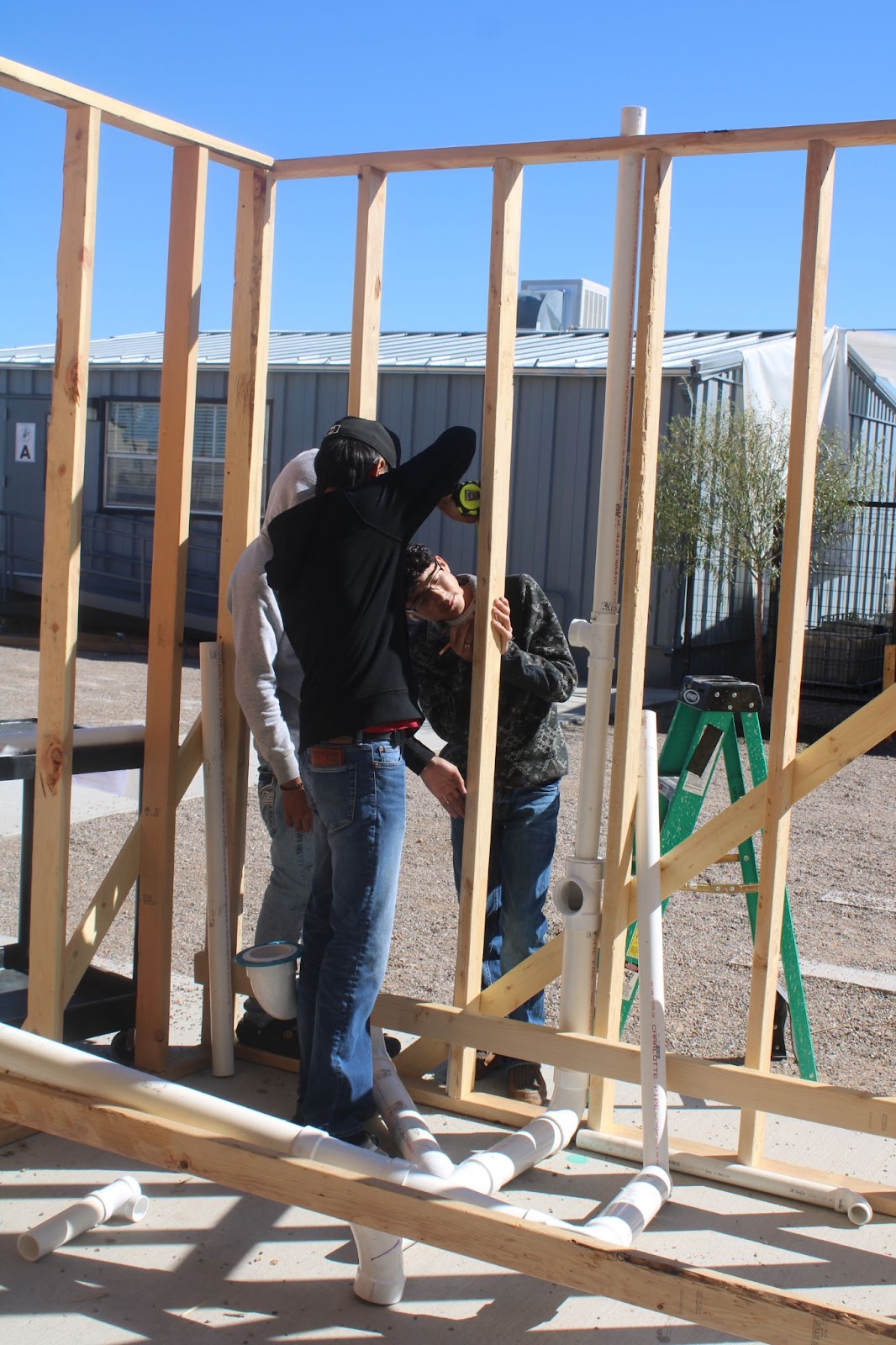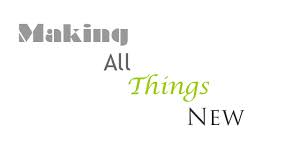Collaborating with Community as Partners in Fulfilling the Promise of your Graduate Profile
Key Points
-
As facilitators of deeper learning, there is a need for secondary educators to let go of the belief that they are the content and skills experts and partner with others to develop curriculum based on student needs and community relevance.
-
Providing educators with time and the space to listen, learn and collaborate with the community will liberate the possibilities for actualizing your Graduate Profile.

By: Justin Trager
With all of the energy and focus on using Graduate Profiles as a catalyst for developing learner-centered schools and systems, it is important to note it is a lot easier to write a Graduate Profile than to implement it effectively. There have been some great resources shared on developing them Portrait of a Graduate: 5 Things to Keep in Mind and to guide implementation So You Designed a Graduate Profile, Now What, but as I have been doing this work, one key idea has been missing from the conversation so far. It is commonly agreed that best practice is to get community input on writing it, but I have not heard or read much about the importance of collaborating with your community on the implementation. At ACE Leadership HS, we believe community engagement and collaboration in both planning and implementing our Graduate Profile is vital to fulfilling our promise articulated in our ACE Leadership Graduate Profile.

ACE Leadership High School is an Albuquerque public charter school where education meets the real world. We focus on practical projects instead of tests and partner with leaders in New Mexico’s Architecture, Construction, and Engineering (ACE) industries to get everyone learning on their feet rather than cramped behind a desk. ACE is committed to transforming lives and communities by providing an innovative approach to learning through a three-pillar model of Learning by Doing, Holistic Student Support, and Authentic Community Engagement, in order to successfully transition students to meaningful careers and educational opportunities. The power of the model is realized when the pillars converge, resulting in schools that adapt to the needs of students rather than the other way around.
We engage community and industry partners as a vital strategy for successfully implementing our graduate profile which is the key strategy for fulfilling the promise of our school. ACE partners with the community in a variety of ways; this blog will focus on a specific strategy to collaborate on curriculum design and project planning that we believe can be adapted in many settings.
A distinguisher of our school is learning by doing every day in our projects. As a project-based high school, our students learn reading, writing, math, history and science through Architecture, Construction and Engineering projects. We develop new projects every year and start the year with a project pitch session.
Originally, ACE’s project pitch sessions were just ACE teachers pitching project ideas. With our new Graduate Profile and ACE Leadership Industry Framework, we realized that we asked our community for input on a shared vision for what graduates should know and be able to do when writing our Graduate Profile, now we need to ask them how do we get there? As facilitators of deeper learning, there is a need for secondary educators to let go of the belief that they are the content and skills experts and partner with others to develop curriculum based on student need and community relevance.
Our new Collaborative Project Brainstorm session opened up new ideas and avenues for learning. We invited community and industry partners who joined our whole staff, not just teachers, to envision new projects. At the session, we reviewed the Graduate Profile and Industry Framework, then broke off into smaller mixed groups and asked the following questions:
- Review the relevant skills in your career/expertise.
- Where does this happen in your company, organization, or in our community?
- How does this work solve problems or help others?
- What are the related Industry skills?

After small groups answered these questions, they brainstormed possible 12-week projects we could facilitate at ACE and shared them with the whole group. The second round was to go back into small groups and to have the community, teachers and staff brainstorm the details of one project. Each group then shared their project brainstorms and that became the starting point for our project selection and curriculum planning. After this session, we scheduled separate times with community members to work with teachers on the more detailed aspects of project planning. My favorite project that came from our session this year was a partner explaining how Algebra 1, measurement, tool safety, reading blueprints and working with people can all be learned by roughing in plumbing for a bathroom.

This process is an adaptation of the Ed Cafe process developed by Katrina Kennet, Assistant Professor of Education at the University of Montana Western, and Moneka Stevens, Program Development Catalyst at Future Focused Education.
There are unique design factors at ACE that make this process ideal, but it can be adapted and replicated in many ways in various settings. I encourage educators to bring in your community partners to collaborate with staff to look at your Graduate Profile together and ask: Where does this happen in our community? How can these skills solve problems? What can we do at our school to design learning for our students to engage in these types of experiences? It could lead to an assignment, a field trip, a unit, a new program, or a whole new class. Providing educators with time and the space to listen, learn and collaborate with the community will liberate the possibilities for actualizing your Graduate Profile.
My first Principal, Dr, Michael Graner, used to say education is an equal partnership between the school, the student and the family. I have now added community into that partnership. The Collaborative Project Brainstorm is just one way we ask the community to partner in implementing the ACE Graduate Profile. Other ways we collaborate with our community on profile implementation are:
- Assessing our Assessments including serving as judges at student exhibitions and helping us write and review ACE Industry Microcredentials
- Serving as community teachers in projects, electives, work-based and extended learning
- Co-designing our Work-Based Learning program
- Providing Professional Development to staff including Industry site visits
- Developing and Monitoring our Graduate Profile Assets and Opportunity Map
The opportunities for positive outcomes are endless when you truly collaborate with your community to manifest your Graduate Profile. The community is not a stakeholder, but a vital partner for developing learner-centered schools and systems. It is not easy, it can be imperfect, but it is so important that I encourage others to not overthink it and experiment immediately with what may work for you as a first step.
Justin Trager is the Deep Learning Equity Fellows and he is the Executive Director of ACE Leadership HS in Albuquerque, NM.




0 Comments
Leave a Comment
Your email address will not be published. All fields are required.